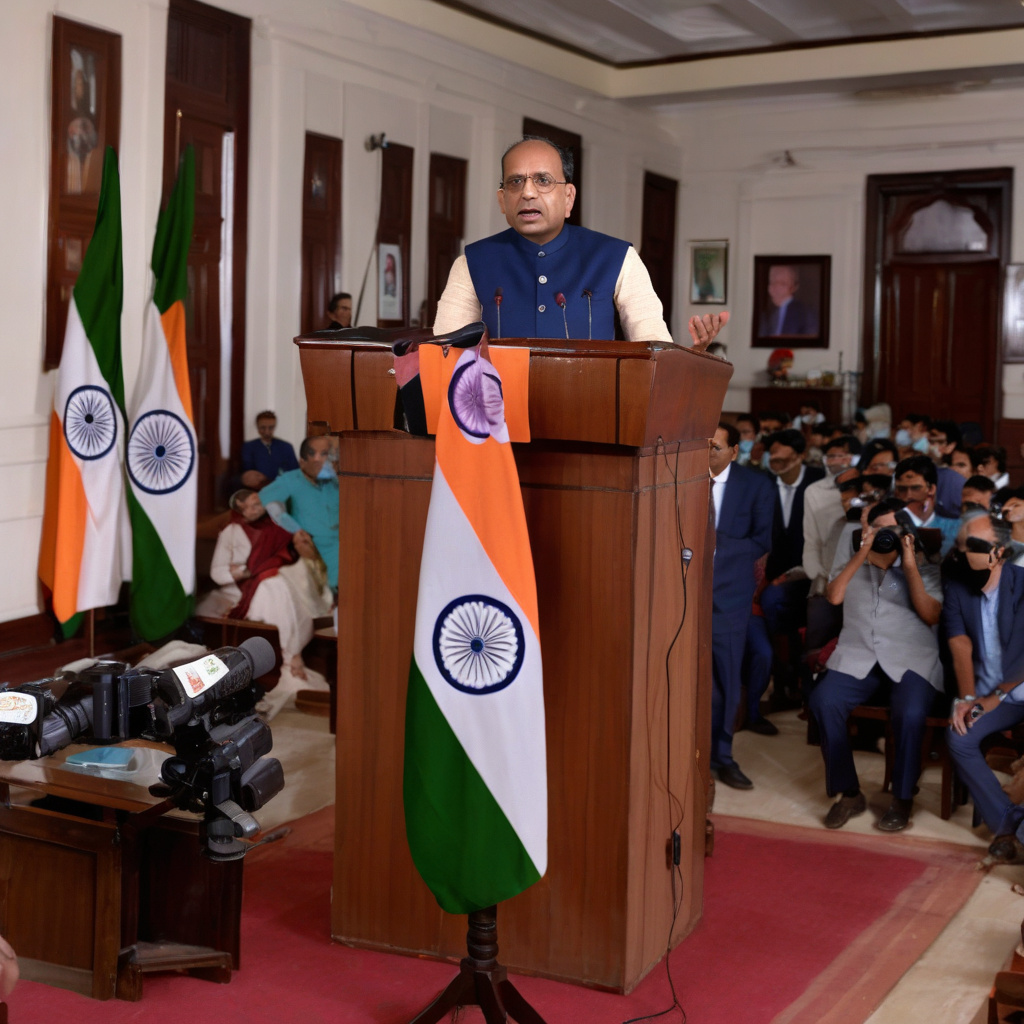Pralhad Joshi Eyes Stricter Measures to Curb Dark Patterns in E-Commerce
Union Minister of Consumer Affairs, Pralhad Joshi, is taking a proactive stance in addressing the growing concern of dark patterns affecting digital consumers. In a recent development, Joshi chaired a meeting with senior officials to review the prevalence of these deceptive tactics in the e-commerce landscape.
Dark patterns are design techniques used in websites and apps to manipulate users into taking actions they may not have intended. These can range from misleading information, hidden costs, aggressive pop-ups, or confusing interfaces that push consumers towards certain decisions. While these techniques may boost short-term profits for businesses, they erode trust and damage the overall user experience.
The impact of dark patterns on consumers can be significant. From impulse purchases to unintentional sign-ups for subscriptions, these tactics exploit cognitive biases and manipulate user behavior. With the rise of online shopping and digital transactions, the need to address these unethical practices has become more urgent than ever.
By convening a meeting to specifically address dark patterns, Pralhad Joshi demonstrates a commitment to safeguarding consumer rights in the digital realm. The discussions likely revolved around identifying key areas where these patterns are prevalent, understanding their impact on consumers, and exploring potential regulatory or industry-driven solutions.
One approach to tackling dark patterns is through increased transparency and accountability. E-commerce platforms and digital service providers should be compelled to disclose their design practices and ensure that user interfaces are clear and honest. By empowering consumers with information and choice, the effectiveness of dark patterns can be diminished.
Furthermore, regulatory bodies can play a crucial role in setting standards and enforcing compliance within the industry. Guidelines that explicitly prohibit the use of deceptive design tactics can serve as a deterrent for businesses looking to engage in such practices. Penalties for non-compliance can also act as a strong deterrent and promote a culture of ethical design.
While addressing dark patterns requires a multi-faceted approach, collaboration between government agencies, industry stakeholders, and consumer advocacy groups is essential. By working together, it is possible to create a digital environment that prioritizes user trust, transparency, and fair practices.
As the digital landscape continues to evolve, the need to protect consumers from deceptive tactics becomes increasingly vital. Pralhad Joshi’s initiative to tackle dark patterns in e-commerce sets a positive precedent for regulatory action in this space. By staying vigilant and responsive to emerging challenges, policymakers can ensure that the digital marketplace remains a safe and fair space for all consumers.
consumerprotection, ecommerceethics, digitaltransparency, regulatorycompliance, usertrust
